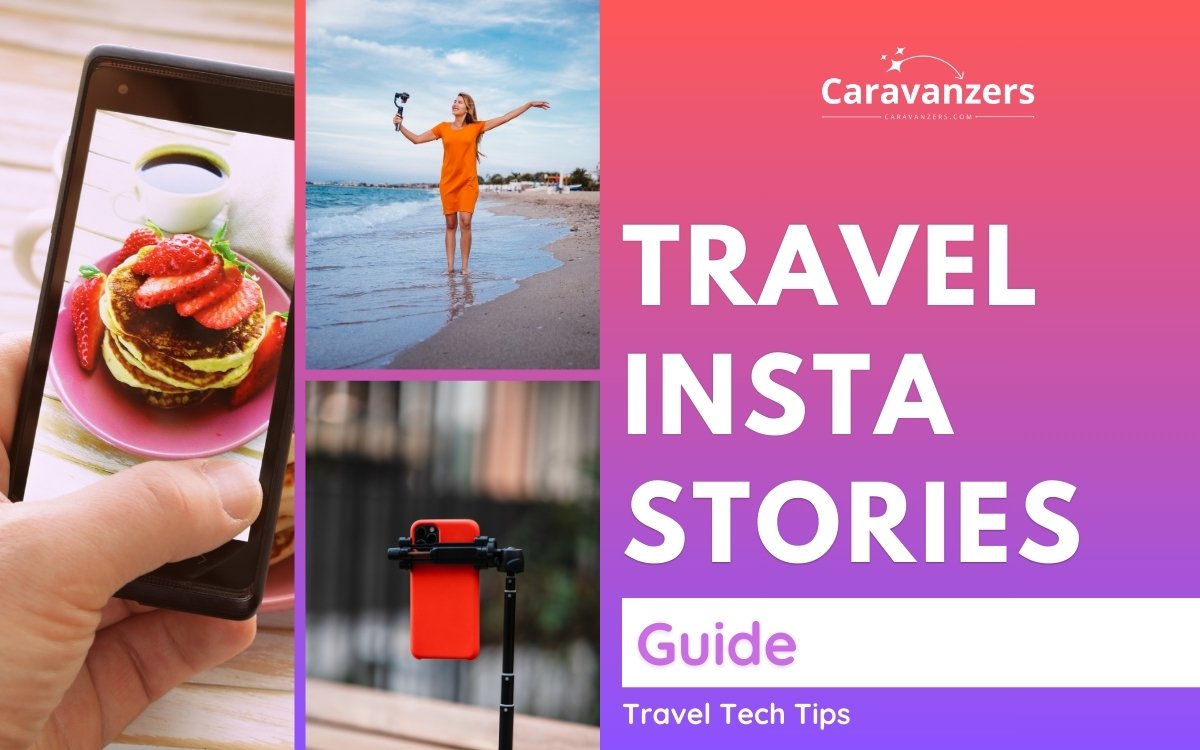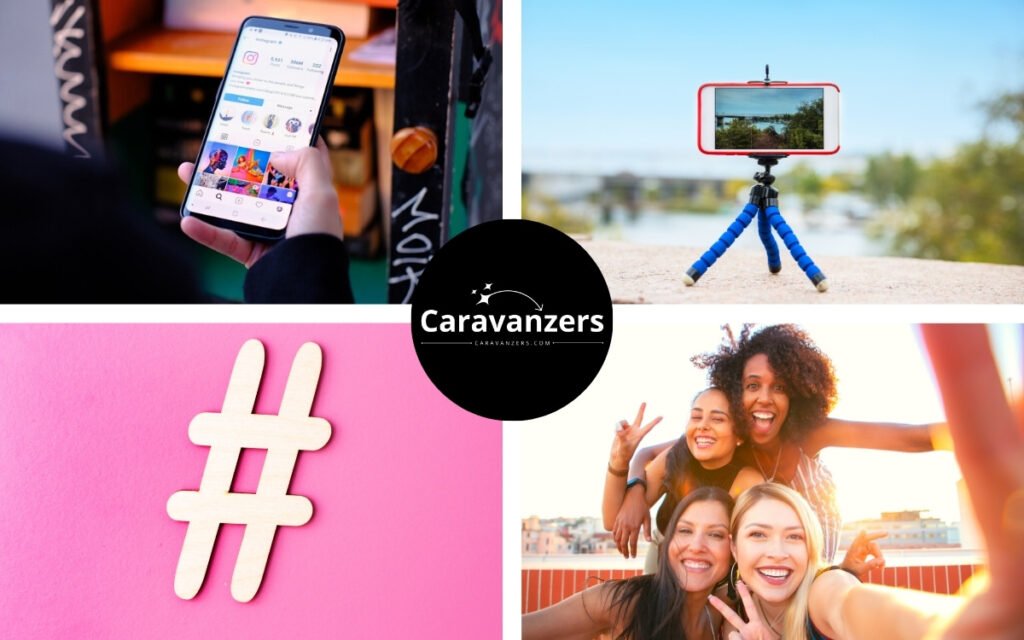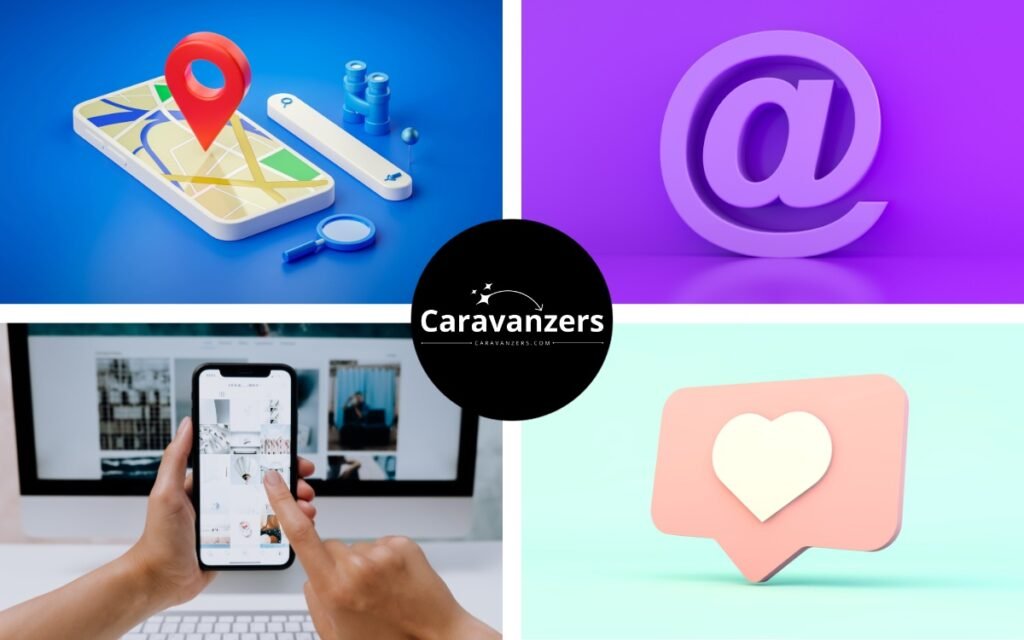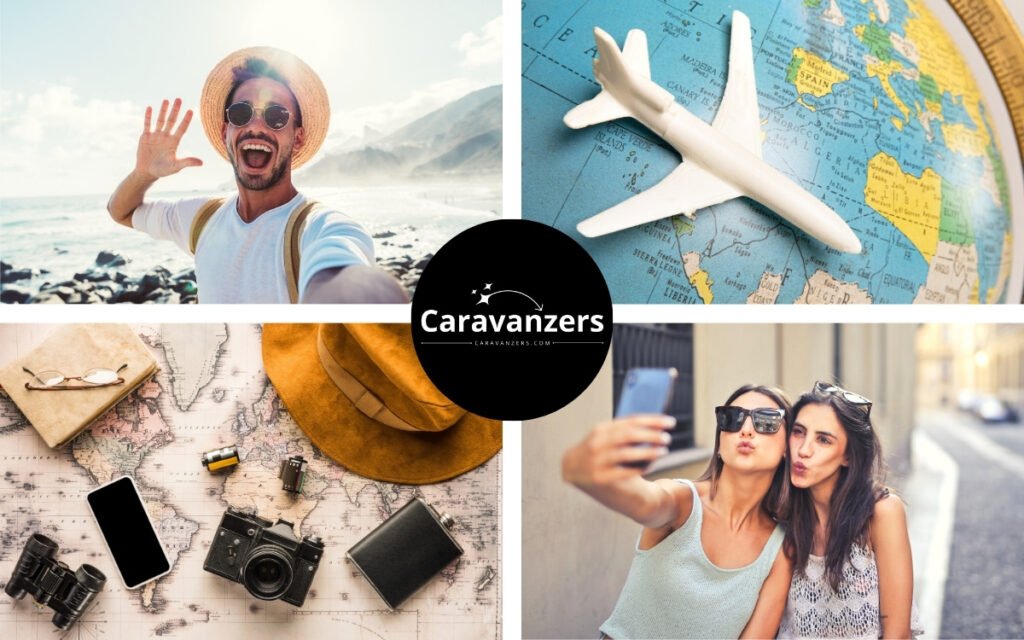
Travel Instagram Stories are a huge part of the tourism industry, and this guide has everything you need to know.
With billions of people across its platforms, Meta knows Instagram is its most popular one with younger people, certain industries like travel, and so on.
So, this guide is geared toward travelers or people in the travel industry.
If you want to learn how to use Stories to make you splash on this platform, keep reading.
Travel Instagram Basics

Travelers love using this platform. As a traveler, you are able to share eye-popping photos and stories from your trips, for example.
Likewise, the platform lets you connect with fellow travelers and locals, which makes your trip that much more interesting.
Similarly, Instagram lets you discover unique destinations through its viral explore page and hashtags and follow travel influencers for inspiration.
So, what exactly do travelers do with this platform currently?
They use its features like DMs, Posts, Stories, Reels, and Guides to show off their adventures and engage with a global travel community.
Meanwhile, Instagram undergoes frequent changes to stay innovative, adapt to user trends, and compete with other platforms.
As a result, its updates aim to enhance user experience, introduce new features, and address emerging digital trends.
The dynamic nature reflects the platform’s commitment to remaining relevant in the ever-evolving social media industry.
My advice is to use those changes to better position yourself as a traveler.
Instagram Stories
One of my favorite things about the platform is the Stories. In fact, I use this more than any other feature except the Direct Message or DM (its inbox feature).
Instagram Stories is a feature that allows its users to share ephemeral photos and videos that disappear after 24 hours.
One amazing aspect is that users can add things to their content. For example, there are stickers, text, and drawings to make the content unique to the poster.
For example, to add stickers to an Instagram Story, you would capture or upload a photo/video, tap the smiley face icon, select a sticker category (like travel), choose a sticker, and position it on your content.
That boring beach video you took can now have enhancements that speak to your audience.
As a result, this feature is a casual, real-time way to share moments, cultivating engagement and spontaneity.
It has been part of Instagram for years now because it contributes to the platform’s dynamic and interactive nature.
Features for Travelers

A traveler has a lot to use for their Stories. First of all, you can use photos and videos. A good example is James Mrsa.
I will go into more about this later, but these two are the best things for Stories.
Then, you can enhance your Stories with stickers, location tags, user tags, and hashtags to add context and engagement.
For instance, I will upload a photo I took of a model and will add a location, tag the user, and might even use a hashtag.
This is great because people in that location discover you, the user’s followers will see your post (if they post to their Stories), and hashtag followers will discover you.
Likewise, features like polls, quizzes, and questions can solicit interaction from followers.
The human brain wants to engage, so give people a chance, and it will blow up your engagement metrics.
Also, the Live feature allows real-time communication, while Highlights help curate and showcase key moments.
I absolutely love Highlights because I can send it to potential models in places where I’m traveling.
Meanwhile, the use of filters, captions, and geotags enhances storytelling, making Instagram Stories a versatile tool for sharing travel experiences.
Filters are a great way to create a “unified” look across all of your Stories by choosing to stick with the same.
Photo vs Video
When travelers find out I have a large account, they often ask me what is the best medium: photos or video?
In my opinion, the choice between photos and videos on Instagram Stories depends on content goals.
What is the travel aesthetic?
For instance, photos are perfect for quick moments, whereas videos are great for detailed storytelling and engagement.
Using photos on Instagram Stories allows for quick consumption, conveying a moment in a glance.
Even when I post a photo, I add elements to it, which can make it animated, including tagging others.
That said, though, videos give you dynamic storytelling, capturing more detailed experiences.
For this reason, video has become gradually more popular as content in the past several years.
Likewise, photos are efficient but may lack depth, while videos provide context but demand more time.
Striking a balance ensures engaging content because if it ends up unsustainable, then it becomes an issue.
Meanwhile, video pros include versatility, creativity, and quick sharing, but potential cons involve data usage, longer viewing times, and the challenge of maintaining viewer interest throughout the duration.
Finally, it’s really about you. I use more photos because I’m a photographer, but maybe you are in another industry.
Ideas for Your Stories

There is so much you can do with Stories. I will give you some ideas for things that have worked for me.
First of all, consider sharing a series of “Behind the Scenes” content, offering a glimpse into your travel daily life or creative process.
This is what travelers like Sebastian Schieren do.
Likewise, you can share user-generated content to foster community engagement and appreciation.
UGC is becoming popular, and the platform is taking advantage of it. When someone mentions you in their Stories, it lets you “share it” to your own Stories.
So, collaborate with fellow travelers and post each other!
Now, one of my favorite ideas is to create a thematic content series, such as “Travel Tuesdays,” to maintain consistency and audience expectations.
Of course, you can always host live Q&A sessions to connect directly with your followers, answering questions and building a more personal connection.
If you’re a traveler, I would definitely encourage you to use Instagram Guides to curate and share valuable information or recommendations related to your niche.
Meanwhile, you can show off your skills or hobbies through short tutorials or demonstrations, giving value to your audience.
Also, share relatable and lighthearted memes or quotes to connect on a more casual level.
Finally, incorporate interactive elements like polls, quizzes, or challenges in your Stories to encourage audience participation.
You will love it.
What to Avoid with Stories
While the ideas I gave you are a great way to build your community, many travelers make honest mistakes, unfortunately.
As a result, this section is about what you should avoid when posting on your Instagram Stories.
First of all, avoid oversharing mundane details and repetitive content. Does your audience need to see the same set of photos for days?
Likewise, steer clear of posting too frequently, as it may overwhelm followers. Aim for maybe 1 story per 3 hours.
Similarly, refrain from neglecting engagement—respond to comments and messages.
Of course, you should definitely avoid sharing sensitive or inappropriate content that could alienate your audience.
Meanwhile, don’t compromise safety by disclosing real-time locations. If you’re posting live, for instance, don’t say where you are.
Also, minimize excessive use of filters or effects because it will help you maintain authenticity.
Finally, avoid overposting during a single day across all of the platforms to prevent follower fatigue and maintain a balance.
If you post 6 stories, a post, a reel, and a guide, it may be too much on their feed.
So, yeah, that is about it.
Final Thoughts
It really is impossible to talk about all of the amazing things you can do with Stories in one guide.
In fact, I could write an entire book and still not be done.
There is SO much.
Don’t let that stop you, though, because I shared a ton here.
Enjoy Instagram!
AJ Paris is a travel photographer based in New York. He is the editor of Caravanzers.
Follow us on Pinterest.
